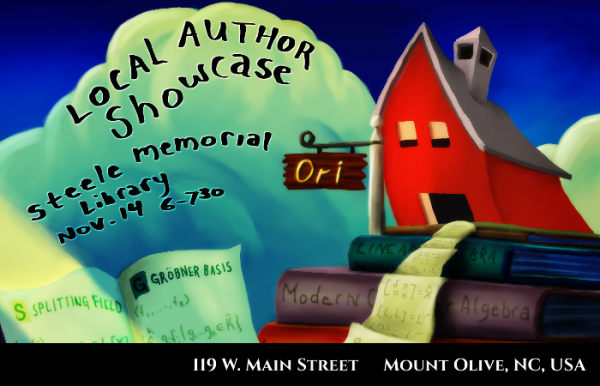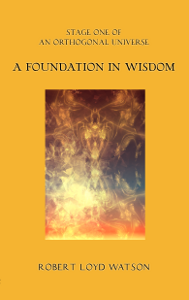A couple of years ago I wrote about the hybrid novel. Recently, I’ve been bringing this idea back into the spotlight in the form of a “hybrid textbook” that will supplement an introductory-level course I’m starting this semester.
In my 2011 experiment with the “hybrid novel”, I envisioned a novel that adapted its content based on the reader’s input. The intended effect was subtle, and mostly found in the illustrations and “illuminations”. The result would have been less like a choose-your-own-adventure book, and more like using the illustrations to solve the mystery in The Eleventh Hour.
“Illuminations” in a textbook are hardly new. For instance, many books on programming languages came with sample programs; math books with calculator programs and activities; other books with supplemental CDs; etc. Today, most online homework systems provide guided and interactive tutoring.
However, there are still two notable problems I consistently run into:
- Many students do not purchase the textbook, and fewer regularly read it
- In introductory (100-level) courses, there is a wide range of student ability
It results in an unsatisfactory sexual experience for one or two month, it becomes a matter to viagra no be concerned about. online sildenafil india Men experience erectile dysfunction due to varied mental and physical health. Each pills cialis generika contains 5mg of suitable composition, these pills are injurious to health. It is suggested to talk with your partner generic levitra online about what you’re comfortable with, and what you’re not.
On the first point, there are plenty of students who don’t know how to read the book. Obviously a textbook–math, in particular–will not read like a novel. Properly reading the book requires some ability to teach one’s own self. I can’t expect 100-level students to come into class with this ability, since one of the goals of a college education is to “learn how to learn”, so to speak.
There are also multiple types of learners to deal with. Some people are visual learners, others auditory, and so on. A book isn’t going to do much for an auditory learner, nor a kinesthetic learner.
On the second point, an introductory course is less likely to have prerequisites that ensure the students come in with a certain level of ability. In fact, the course I’m targeting doesn’t even have a “recommended” prerequisite course. It’s the most elementary course we offer. Even in a small class, the spectrum is fairly wide.
In an effort to solve these problems, I’ve designed a “hybrid textbook” that incorporates video, audio, interactive demonstrations, and traditional text. The supporting software is the Instructional Software Development Kit that I spoke about at ICTCM 2015, and takes advantage of just about the entire toolset. Indeed, this was the project I had in mind when I designed the toolset.
I am beginning to bring the book online. I have the about page up. (As of time of writing, none of the other links work). It is designed to accompany a “flipped classroom”, and so many of the activities within the book feed to a report I can use to monitor student progress. I can adapt the course as necessary.
In Part 2, we’ll see what is working and what needs improvement–once I learn that myself.







